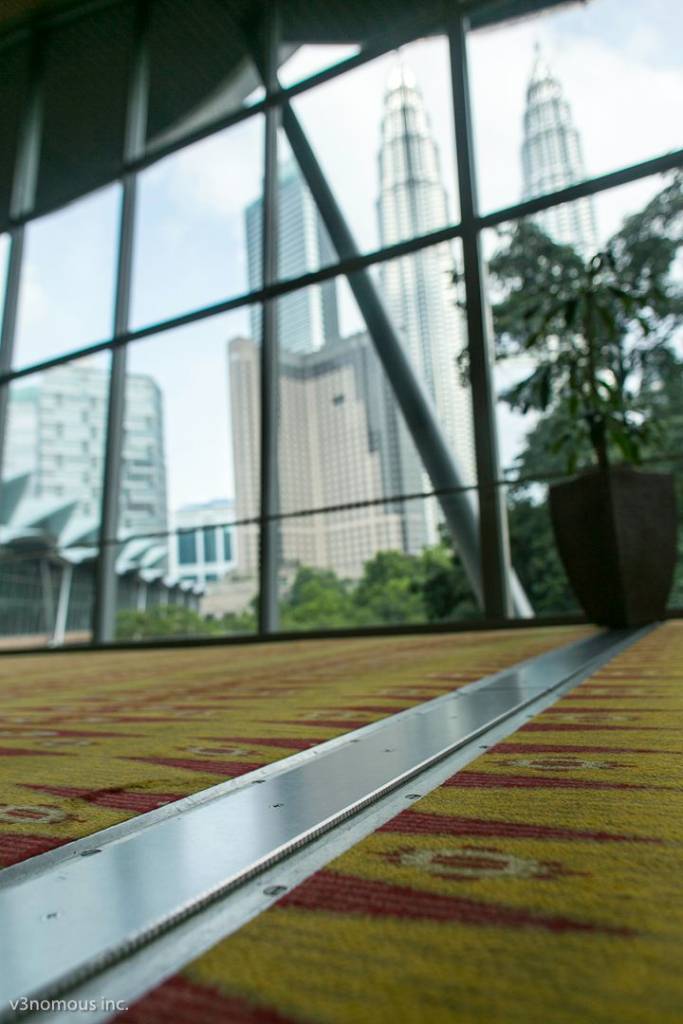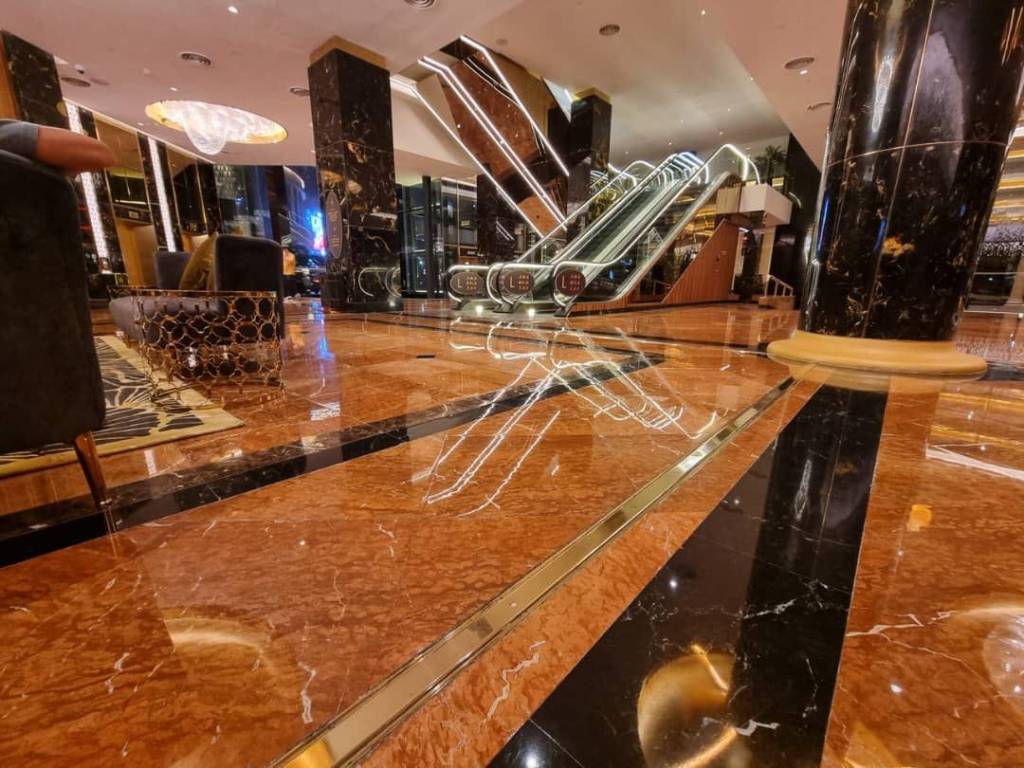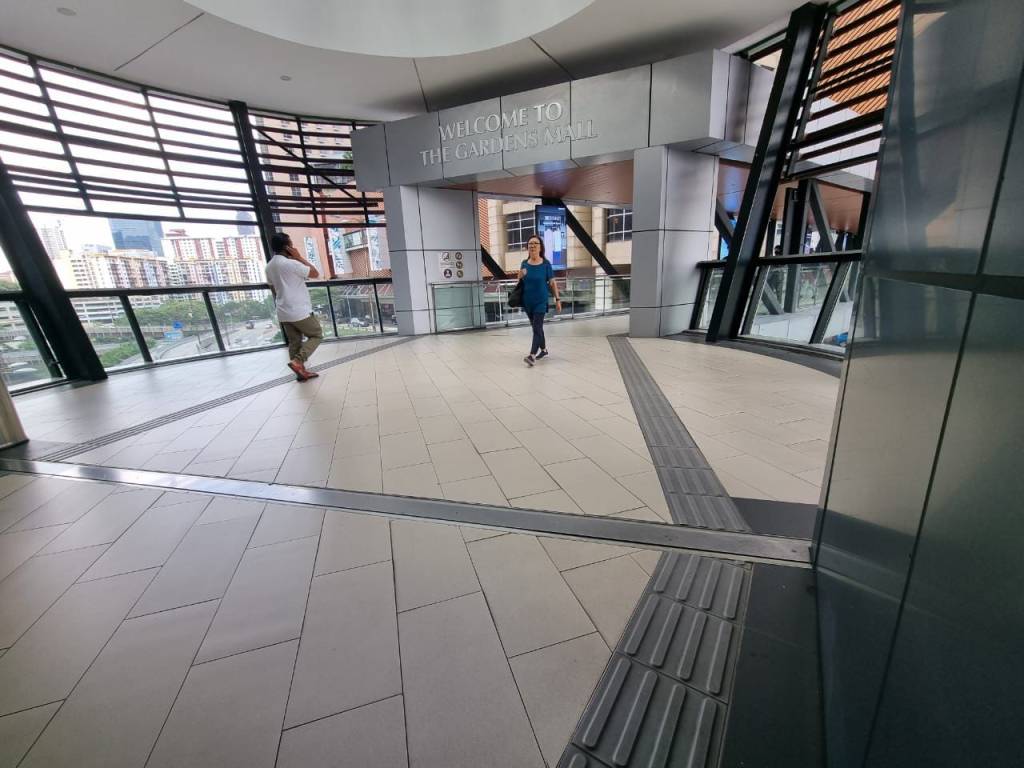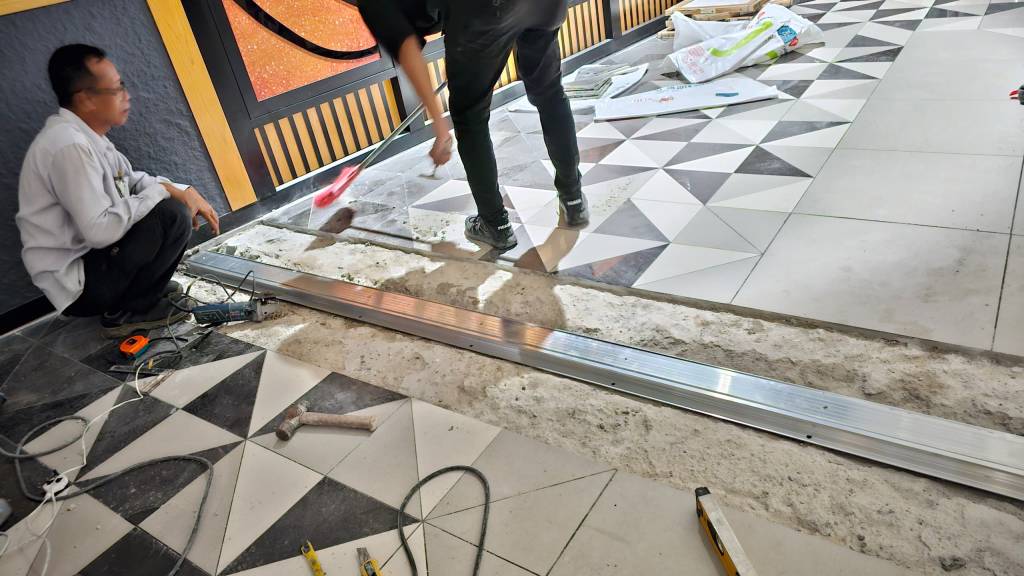In any structure, expansion, contraction and settling movement are a given.
The real challenge lies not in anticipating this movement but in specifying an expansion joint system that aligns with the functional, spatial and aesthetic demands of the project.
If you work with the right expansion joint supplier in Malaysia, you can get a product that is suited to how the joints interact with substrates, finishes, load paths and service conditions for your specific project.

Structural Movement Range and Joint Gap Width
You no doubt already know your expected movement range. The key, however, is in ensuring that the specified joint system can accommodate it without inducing stress into the finishes or the substrate.

Be careful of those manufacturers who quote nominal movement values without clarifying thermal, seismic, or settlement tolerances. Always make sure that you have clear span tables accounting for all six axes of movement where necessary.
Traffic Type and Load Class
In vehicular zones, your joint covers need to be able to resist sustained point loads, dynamic impact, and sometimes even tyre shear from tight turning radii. Aluminium extrusions may suffice for most standard driveways. However, steel plate assemblies are better suited for ramps, service yards, or logistical platforms, as they are much tougher.
In pedestrian areas, you might want to consider comfort underfoot and slip resistance and ensure a trip-free transition, especially in public-facing spaces.

Finish Interface and Visual Continuity
A flush-mounted, minimal-profile system is the gold standard in most premium interiors. However, coordinating with tile grids, polished concrete pours, or floor finishes with specific tolerances demands early coordination in the project timeline.
Try to avoid generic detailing and ensure that the joint system integrates seamlessly without interrupting the intent of the design or requiring site-based workarounds.
Installation Sequence and Coordination
A joint that ticks every performance box can still cause issues if it clashes with your construction sequence. Some systems might require in-slab casting, while others allow post-pour installation.

Roof joints may need integration with membrane layers, drainage falls, or insulation build-up. Therefore, confirm the lead times and delivery packaging with suppliers early to avoid site delays.
Compliance, Fire Rating, and Certification
Operational and local compliance is crucial, as it can become a liability issue that comes back to haunt you. That is why it is essential to ensure that your joint system meets the relevant Malaysian Standards and applicable international codes, especially in relation to fire separation, acoustic performance and water integrity.
The documentation supporting all these specifications should be sufficiently robust to satisfy quantity surveyor submission requirements, obtain approval from the appointed consultant and meet the expectations of site-based quality assurance reviews.
Do you need some technical support on your next project? Speak to the experts at Sun Synergy. We are a leading expansion joint supplier in Malaysia known for practical solutions, responsive turnarounds, and fully certified systems you can count on.
